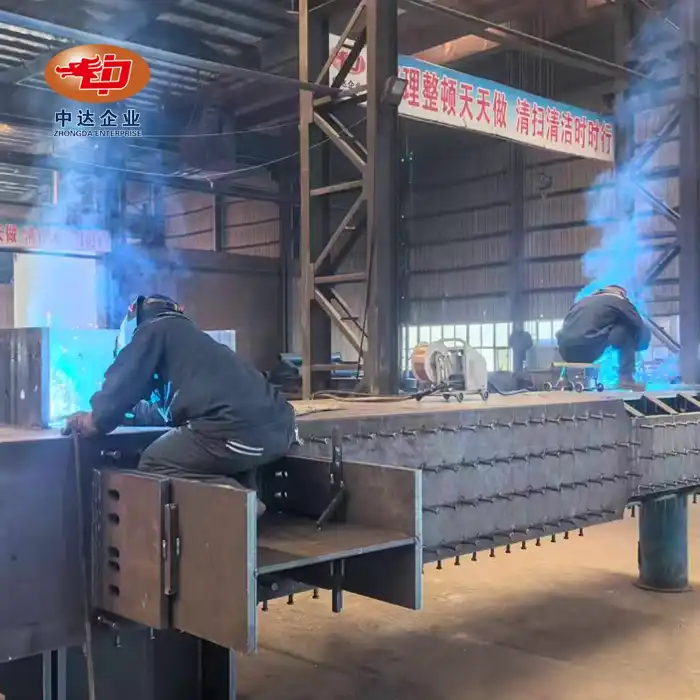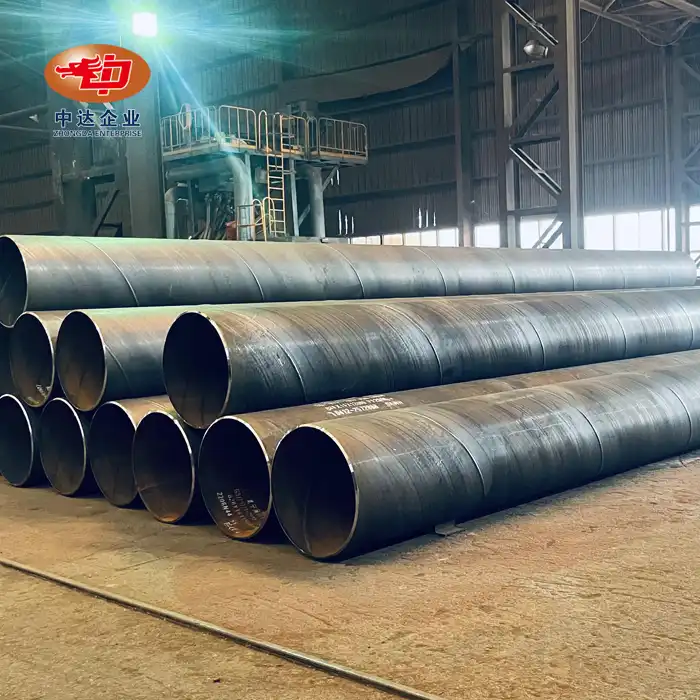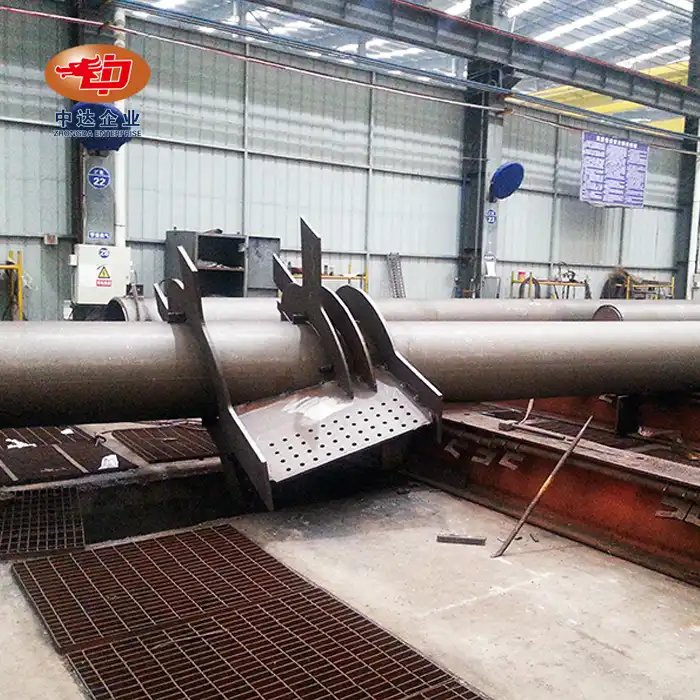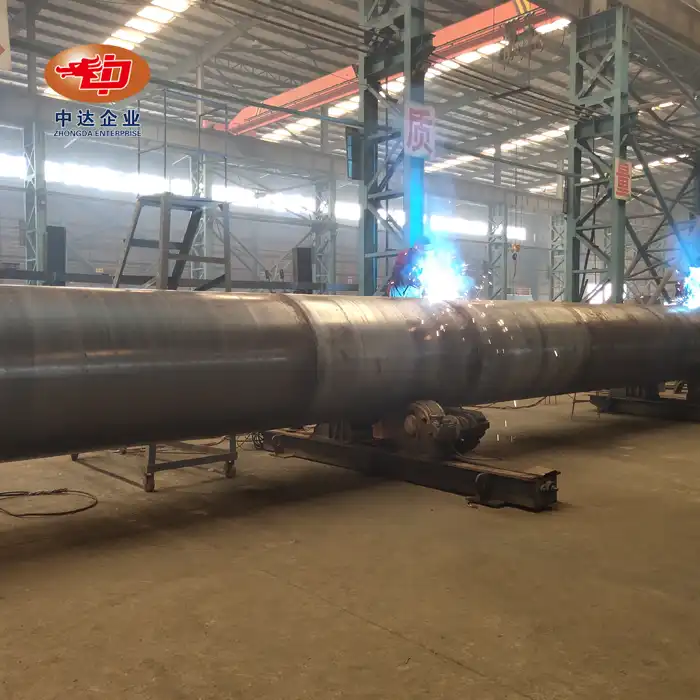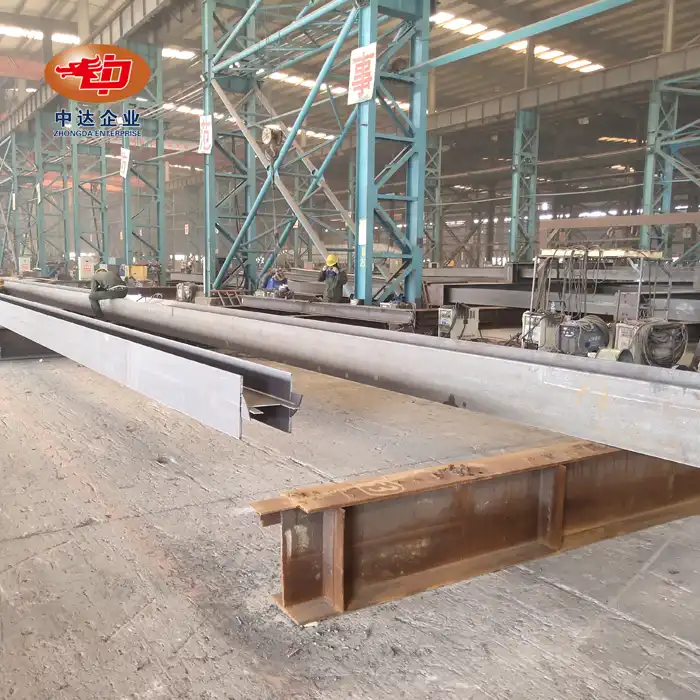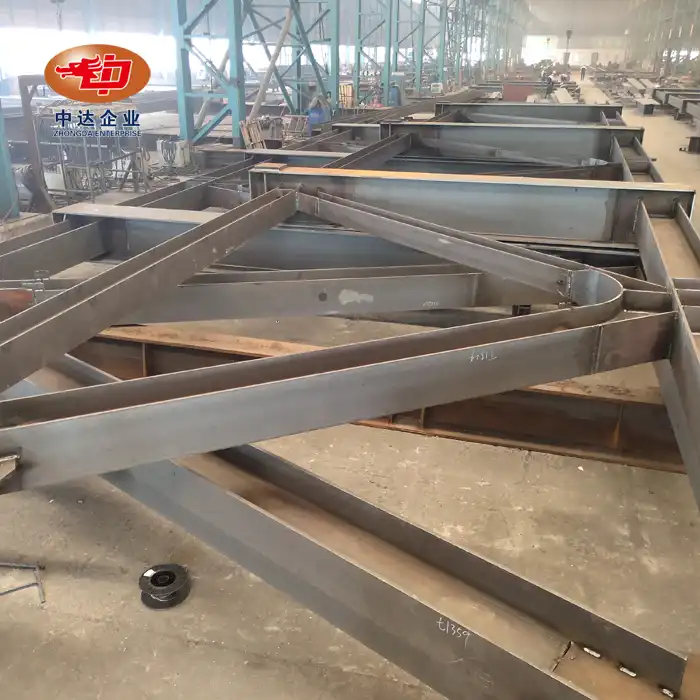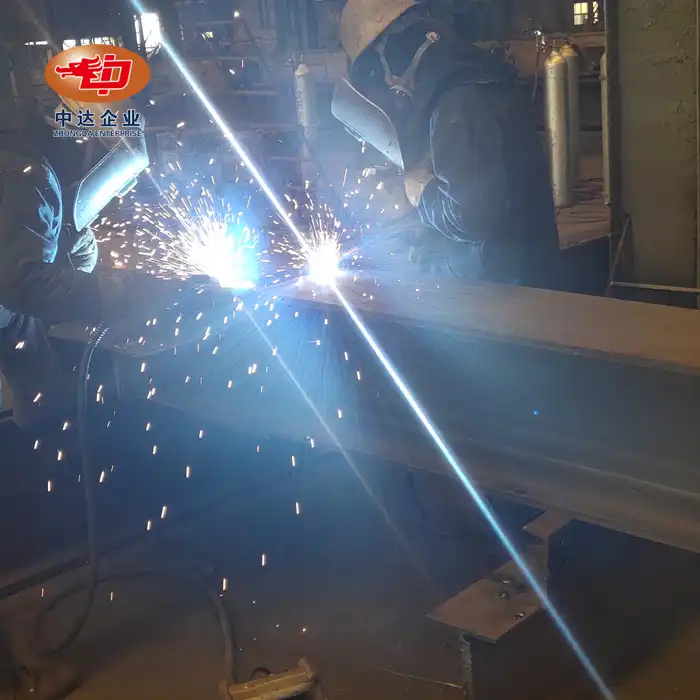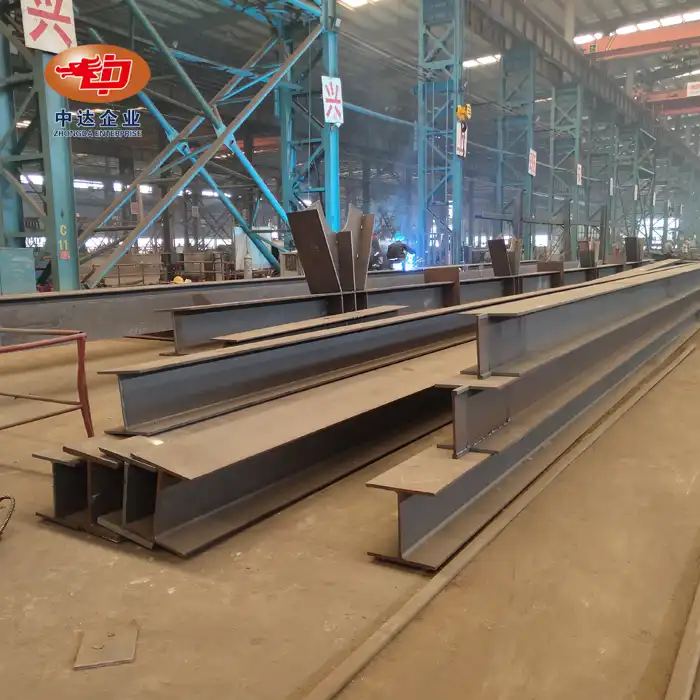Iconic Airport Terminals: Merging Form and Function
Expansive, Column-Free Spaces
Airport terminals represent one of the most impressive applications of space frame structures in architecture. These bustling hubs of transportation demand vast, unobstructed spaces to accommodate the flow of passengers and aircraft. Space frames are great for making large, column-free spaces that can be up to 120 meters long. These spaces give modern airport design a sense of freedom and flexibility that is very important.
The use of lightweight yet robust 6061-T6 aluminum alloy in space frame construction offers a 55% weight reduction compared to traditional steel structures. This not only makes installation faster, but it also makes the building's foundation lighter. This makes the building process faster and cheaper without lowering the quality or sturdiness of the building.
Aesthetic Versatility
Beyond their functional benefits, space frames contribute significantly to the aesthetic appeal of airport terminals. The intricate geometric patterns formed by the interconnected nodes and members create visually striking ceiling designs that become focal points in their own right. This building feature often makes a good first impact on travellers and sets the tone for their trip.
The versatility of space frame structures allows for curved designs with radii of 15 meters or more, enabling architects to create flowing, organic forms that contrast beautifully with the often linear nature of airport layouts. This design freedom makes it easier to make terminal buildings that are one-of-a-kind and stand out around the world.

Integration of Natural Light
One of the most appreciated aspects of space frame structures in airport design is their ability to incorporate large glazed areas or ETFE membrane coverings. With this feature, a lot of natural light can fill the rooms inside, making them more comfortable and energy-efficient for both guests and employees.
Adding sunshine not only cuts down on the need for artificial lighting, but it also improves the health and happiness of the people who live or work in the space. Light and shadow moving through the space frame structure gives the interior depth and movement, turning useful rooms into exciting architectural experiences.
Innovative Sports Arenas: Pushing Engineering Boundaries
Large-Span Roofing Solutions
Sports arenas and stadiums present unique challenges in architectural design, requiring vast open spaces to accommodate playing fields and spectator seating. Space frame structures have become the best way to cover big areas with roofs because they have the best strength-to-weight ratios and most design options.
Space frames are very useful for building sports arenas because they can span up to 120 meters without any supports in the middle. This gets rid of the need for columns that get in the way, so fans can see clearly and players can play without interruption. The precision engineering of bolt-sphere nodes, with deviations of ≤2mm, guarantees structural integrity even under the most demanding conditions.

Adaptability to Complex Geometries
Modern sports arenas often feature complex roof geometries that go beyond simple flat or arched designs. Space frame structures are great at fitting these complicated shapes, which lets builders make venues that are truly one-of-a-kind and famous. Customising curved space frames with radii of 15 meters or more makes it possible to come up with a lot of new ideas for stadium designs.
This flexibility includes being able to combine different roofing materials and methods. Whether it's a retractable roof for multipurpose use or a fixed structure with integrated solar panels for sustainability, space frames provide the necessary structural support while maintaining a sleek and lightweight appearance.
Enhanced Acoustics and Atmosphere
The way sports stadiums are designed is more than just about how they look; it's also a big part of making the atmosphere for fans. In this way, space frame structures are very helpful because they make it possible to add advanced soundproofing and lighting systems to their frames.
Because space frames are open, it's easy to put down sound-absorbing materials and speakers in the right places to make sure the sound is spread evenly throughout the venue. In the same way, the building can hold complex lighting rigs and projection systems, which improves the experience of spectators and makes the venue more lively.
Cutting-Edge Exhibition Centers: Flexibility Meets Functionality
Maximizing Usable Space
Exhibition centers demand large, unobstructed floor areas to accommodate a wide variety of events and displays. Space frame structures are perfect for this job because they have spans without columns that make the most of useful space and give you the most layout design options. Because they can make clear spans of up to 120 meters, exhibition centres can hold any kind of event, from small trade shows to huge international shows, without any problems.
The lightweight nature of space frames, particularly when constructed with 6061-T6 aluminum alloy, reduces the overall load on the building's foundation. This makes the building process easier and also makes better use of materials, which could lower prices and have less of an effect on the environment.
Modular Design for Future Expansion
One of the key advantages of space frame structures in exhibition center design is their inherent modularity. This characteristic allows for easy expansion or reconfiguration of spaces as needs evolve over time. The precision-engineered bolt-sphere nodes, with tolerances of ≤2mm, ensure that additions or modifications can be seamlessly integrated with existing structures.
This flexibility is especially useful for show centres, which have to change all the time to keep up with new technologies and changing market needs. Being able to add on to or change the layout of rooms without having to do major structural work saves a lot of money in the long run and makes sure that the building stays useful.
Integration of Building Systems
Modern exhibition centers require complex networks of building systems, including HVAC, electrical, and audiovisual components. One beautiful and functional method to connect these systems is with a space frame construction. It's easy to route ductwork, cables, and pipes through the frame because it's open. It's also easy to fix and update.
Furthermore, the space frame's ability to incorporate ETFE membrane coverings or other translucent materials facilitates natural daylighting strategies. In addition to improving the room's aesthetics, this contributes to the growing importance of energy efficiency and sustainability in contemporary building design.
Conclusion
Space frame structures have reimagined structural conceivable outcomes by advertising one of a kind arrangements for large-span buildings in a assortment of businesses. The unique structures' adaptability, durability, and visual attractiveness are on display in their uses at airport terminals, sports arenas, and exposition centres. Big names in the industry, like Shenyang Zhongda Steel Structure Designing Co., Ltd., were the first to show how cutting-edge materials and new technologies could be useful for space diagram uses, which are always getting better.
Contact Us
Ready to elevate your next architectural project with cutting-edge space frame structures? Zhongda Steel offers innovative solutions tailored to your unique needs, combining lightweight design with exceptional strength and precision. Experience the benefits of our advanced 6061-T6 aluminum alloy construction, bolt-sphere node technology, and customizable designs. Contact us today at Ava@zd-steels.com to discuss how we can bring your visionary concepts to life with unparalleled quality and efficiency.











